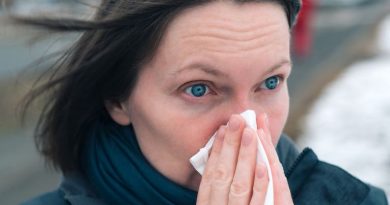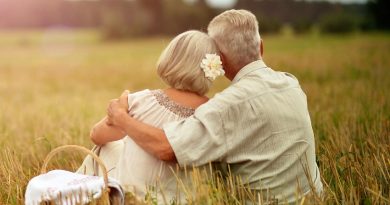Safety and Security: Why Assisted Living Facilities Offer Peace of Mind
Assisted living facilities minimize seniors’ daily responsibilities by providing services like landscaping, on-site dining and security surveillance. They also offer specialized care for those with dementia and other cognitive impairments.
Medication Management
One of the biggest challenges for seniors is managing medications—mistakes involving medication account for about a third of emergency room visits by older adults. Assisted living facilities ensure your loved ones have access to the right amount of their medications in the right time frame. Unlike an adult child or spouse, the assisted living facility staff will deeply understand your loved one’s medical history, including any changes to their prescription medications. The team also contacts your loved one’s primary care physician and knows their lifestyle factors, such as caffeine intake or whether they enjoy a glass of wine. Medication management is a focus of a lot of research, with many different strategies implemented by facilities. In smaller homes, some administrators reported explaining medication to residents before or while administering it.
Safety First
Safety is the number one reason people choose assisted living facilities in Jacksonville, FL, over home care. People can rest easier knowing their loved ones are safe and well cared for in a secure setting. Most assisted living facilities offer safety features like handrails and accessible areas to help prevent falls, the leading cause of fatal and nonfatal injuries in seniors. They also provide classes to teach their residents fall prevention strategies. Another safety feature is fire procedures, which all staff practice and understand. This includes kitchen staff, caregivers, and maintenance. Assisted living communities also have visitor restrictions, which follow CDC and TDSHS guidelines to keep the spread of illness from resident to resident as low as possible. This is especially important during a pandemic.
Emergency Preparedness
Assisted living facilities are often situated in areas vulnerable to severe weather, such as hurricanes and tornadoes. They should have an emergency preparedness plan in place for these situations. This plan should include steps like identifying evacuation routes, assigning staff members as safety captains, and creating a hierarchy for who makes decisions during disasters. It should also have a system for communicating with families during emergencies.
If you’re considering a senior living facility for your loved one, ask about their emergency plans. It’s best to find out as early as possible so you can make plans for your family if the need arises to evacuate a loved one. This includes arranging for your loved one to be taken to another safe place during a disaster or emergency, such as a hospital.
Socialization
Consistent social interactions help seniors to maintain better nutrition, lower stress levels and boost their immune systems. They also provide a sense of purpose and belonging. Assisted living communities often prioritize socialization by offering group activities like exercise classes, movie nights and art classes. Minimized fall risks: Falls are a serious health issue for elderly adults, and many senior living facilities use assessments at the time of move-in to identify and manage a resident’s risk. Safety measures can include flat thresholds and hallway hand railings, and some facilities have accessible bathrooms designed with raised toilets and grab bars. When searching for an assisted living facility, take as many tours as possible and ask plenty of questions. Try to visit unannounced and speak with current residents about their experience at the home.
Personal Care
Assisted living communities ensure residents receive the care they need. This includes monitoring for changes in behavior or medical conditions that could indicate the onset of Alzheimer’s or other dementias and assisting with daily activities such as bathing and eating. Safety is concerned with protecting individuals and organizations against physical harm from external threats. At the same time, security focuses on the intentional or unintentional infliction of damage by human actions, such as theft, cyber-attacks, and even terrorism. Safety measures are typically preventative, while security is reactive, responding to crimes and breaches after they’ve occurred. For example, senior apartments are equipped with sensors to monitor for falls, a major health risk for seniors, and staff are trained to respond quickly when an accident happens.




